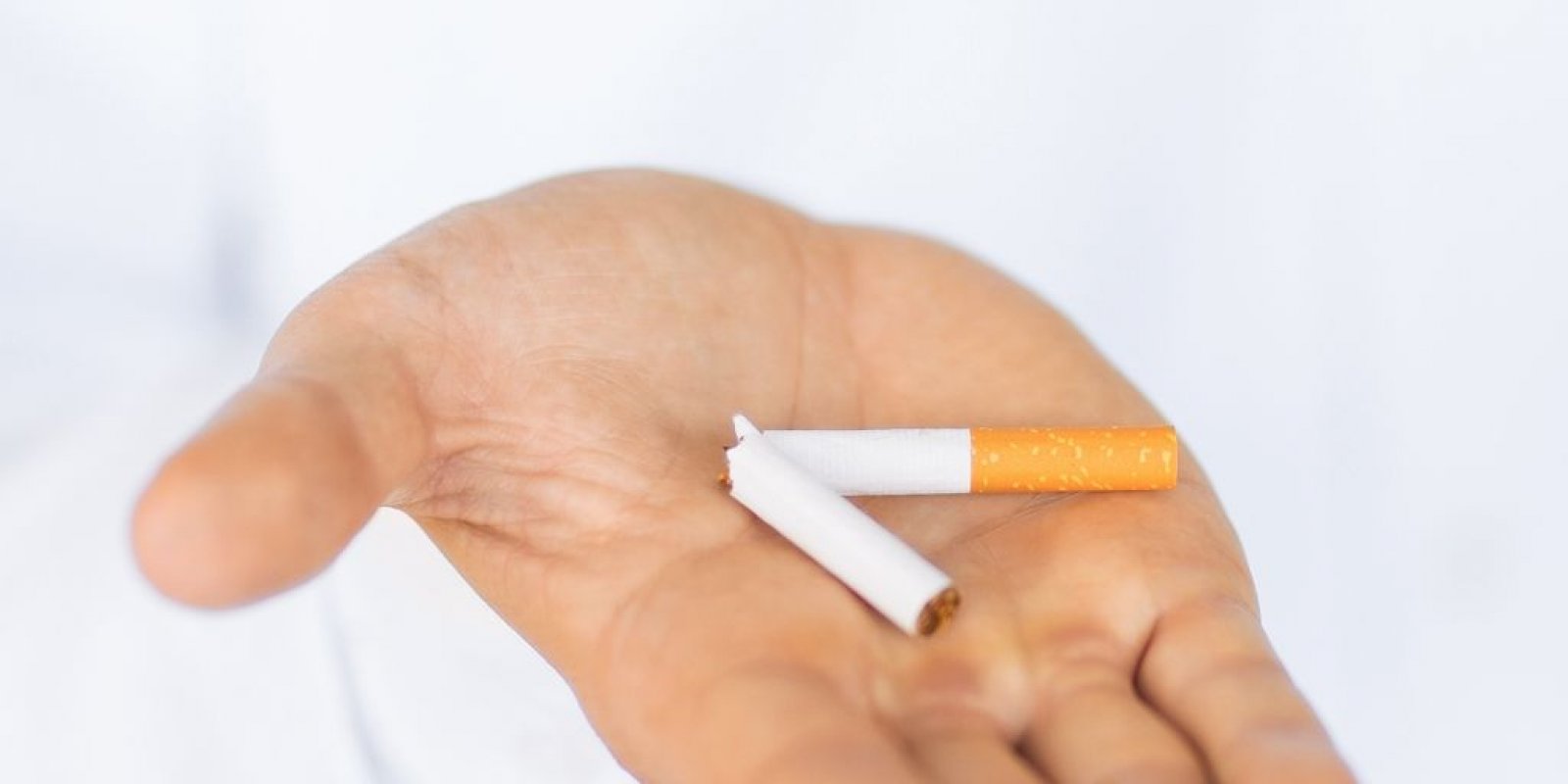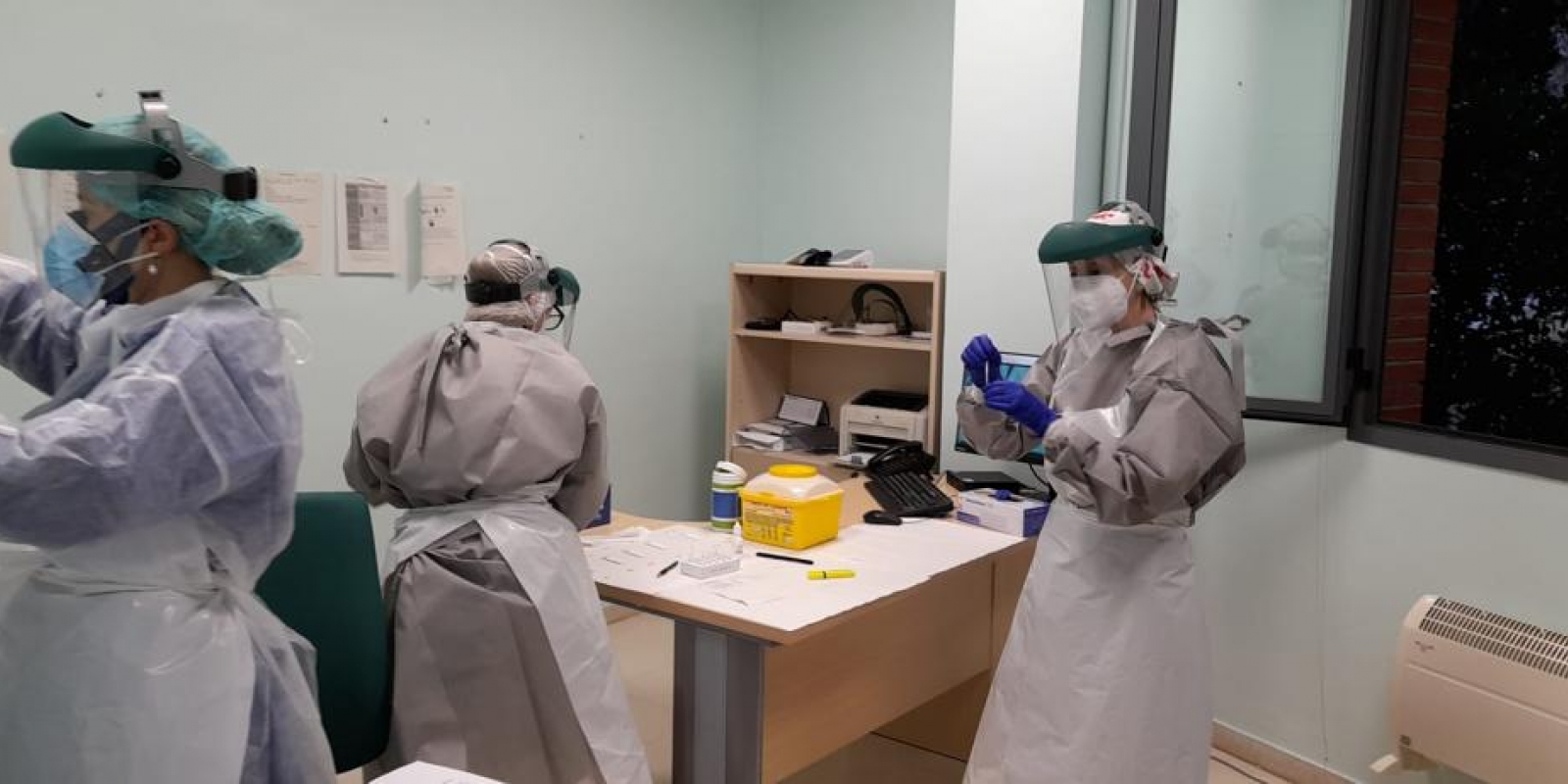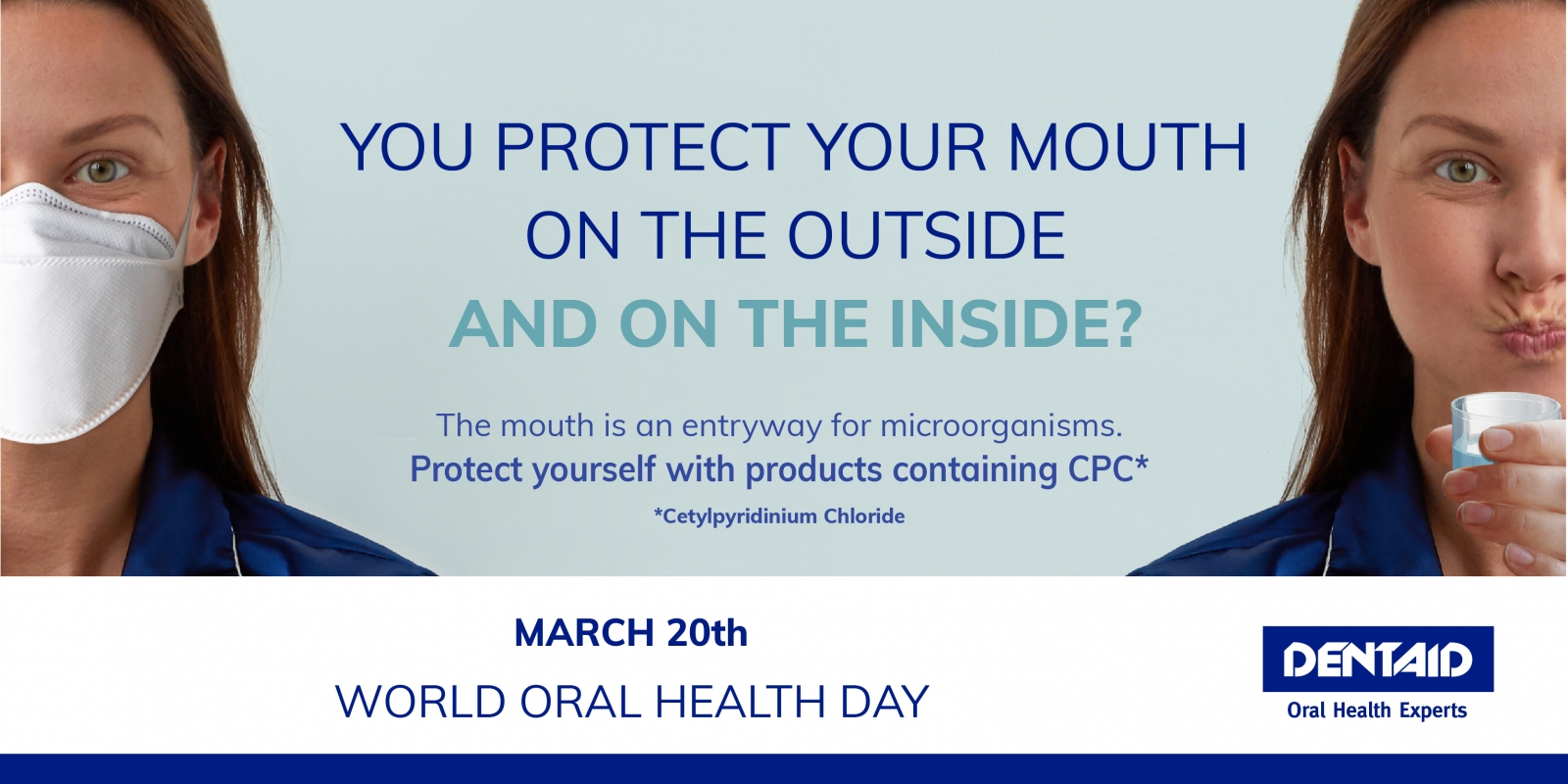DENTAID EXPERTISE
News for dentistry professionals
Smoking and its impact on oral health

Smoking is a habit that is extremely damaging to health and that continues to be widespread throughout society. It is the leading preventable cause of premature death in the world, and it is estimated that in 2020 it will be directly related to some 10 million deaths, mainly in developing countries1.
According to the most recent INE (Spanish National Institute of Statistics) 2011-12 survey data, approximately 1 in every 3 adults in Spain is a regular smoker.
The mechanism of action of tobacco smoke and its components can be seen both at the local and at the systemic level. At the local level, the mouth is the gateway for tobacco smoke to enter our bodies, and therefore is a direct irritant on oral mucosa. Nicotine also has direct effects on the gums. At the systemic level, smoking alters the innate and adaptive defense mechanisms and interferes with multiple cellular processes.
Smoking is associated with a long list of systemic diseases and disorders, several of which have an impact on oral health. A clear example of these impairments is delayed oral wound healing, whether these are caused by accidents or periodontal surgery and tooth extraction2. Smoking can also cause bad breath, from the odour of tobacco itself or from changes in the bacterial microbiota in the oral cavity3.
Nevertheless, the main oral diseases associated with smoking and which we will discuss in this article are periodontal disease and oral cancer.
Smoking and periodontal disease
Smoking is the leading environmental risk factor and the second most important modifiable risk factor, following plaque control, for periodontal disease development4. One of the mechanisms by which smoking favours its development seems to be the reduction and impairment of immune defenses against periodontal pathogens. Smokers tend to show increased peripheral blood monocytes with impaired functionality. Impaired phagocytic activity can lead to poor pathogen elimination from the oral cavity.
Also, B- lymphocytes and T-lymphocytes, when exposed to tobacco smoke, show reduced capacity for proliferation and production of immunoglobulins that protect against oral pathogens5.
A typical characteristic of smoking-related periodontal disease is tooth-support tissue destruction, with signs of bone loss, periodontal pocket formation and, on occasion, tooth loss.
Smoking increases the risk for periodontal disease by 5 to 20 times, depending on the definition of disease, compared to non-smokers6. This increase depends on the time of tobacco smoke exposure. The cause may be related to changes in the oral microbiota or vascular and inflammatory phenomena. Nicotine and carbon monoxide from tobacco smoke also have a negative impact on wound healing6. Smokers have an increased prevalence of periodontal diseases, as well as a higher incidence of tooth loss7.
Most studies also show that smokers with periodontitis respond less favourably to periodontal treatment, whether surgical or non-surgical, and regenerative and mucogingival surgery is not recommended in these patients. Long-term studies have proven that smokers have a higher probability of experiencing periodontal disease recurrence during the periodontal maintenance phase, while people who smoke more than 10 cigarettes per day show the most severe disease progression7.
Some studies have even shown that second-hand smoke can have greater periodontal effects, although this is more difficult to determine. Smokers also are at higher risk for experiencing dental implant-related complications, both on the short and the long term.
Smoking and oral cancer
Tobacco in all of its different forms and uses is, along with alcohol consumption and certain nutritional deficiencies, the leading cause of oral cancer. Tobacco cigarettes contain over 60 carcinogenic combustion products, capable of binding to and impairing DNA. They also increase oxidative stress on tissues, and in turn, the release of free radical species that damage proteins, lipids, carbohydrates and DNA itself.
Studies have shown that the risk for oral cancer in smokers is 3 to 5 times higher than in non-smokers, that the effect is dose-dependent and that this dramatically increases when alcohol consumption is added to the equation8.
Lesions that can be detected in the mouth, and that are at higher risk of becoming malignant, include leukoplakias, described as whitish patches that cannot be scraped off, that form part of the epithelium and that are growing. These are mainly caused by tobacco and are precursors of oral cancer in approximately 10% of all cases.
Conclusion
In short, we must keep in mind that the mouth is particularly susceptible to the effects of smoking and that the risk of suffering from highly disabling diseases such as periodontitis or even deadly such as oral cancer, greatly multiplies among smokers. Therefore, the role of healthcare professionals is crucial for encouraging smokers to reduce their consumption or to quit smoking altogether.
About the Author
Medical Advisor at DENTAID
Bibliography
- World Health Organization report on the global tobacco epidemic 2013.
- Meechan JG, Macgregor ID, Rogers SN, Hobson RS, Bate JP, Dennison M. “The effect of smoking on immediate post-extraction socket filling with blood and on the incidence of painful socket”. Br J Oral Maxillofac Surg. 1988 Oct;26(5):402-9.
- Cortelli JR, Barbosa MD, Westphal MA. “Halitosis: a review of associated factors and therapeutic approach”. Braz Oral Res. 2008;22 Suppl 1:44-54
- Johnson GK, Guthmiller JM. “The impact of cigarette smoking on periodontal disease and treatment”. Periodontology 2000, Vol. 44, 2007, 178–194
- Barbour SE, Nakashima K, Zhang JB, Tangada S, Hahn CL, Schenkein HA, Tew JG. “Tobacco and smoking: environmental factors that modify the host response (immune system) and have an impact on periodontal health”. Crit Rev Oral Biol Med. 1997;8(4):437-60.
- Bergström J. “Tobacco smoking and chronic destructive periodontal disease”. Odontology. 2004 Sep;92(1):1-8.
- Tonetti MS. “Cigarette smoking and periodontal diseases: etiology and management of disease”. Ann Periodontol. 1998 Jul;3(1):88-101.
- Johnson NW, Jayasekara P, Amarasinghe AA. “Squamous cell carcinoma and precursor lesions of the oral cavity: epidemiology and aetiology”. Periodontol 2000. 2011 Oct; 57(1):19-37.
RELATED ARTICLES

14 Dec 2021
A recent study shows the efficacy of mouthwashes containing CPC in patients with COVID-19
Investigators from the Aragonese Health Service and the Health Research Institute of Aragon conducted a clinical trial in Primary Care with the aim of…

18 Nov 2021
Laboratory studies prove that CPC in mouthwashes is effective against different variants of SARS-CoV-2 thanks to its mechanism of action
INTRODUCTION The oral cavity is a route of entry, infection and transmission of microorganisms, including the SARS-CoV-2 coronavirus. Several…

16 Mar 2021
World Oral Health Day: What role does the oral cavity play during SARS-CoV-2 infection?
At DENTAID, we want to highlight the important role that oral health plays. Coinciding with World Oral Health Day, we have launched an awareness…
Sign up for the DENTAID Expertise newsletter
Sign up for the newsletter